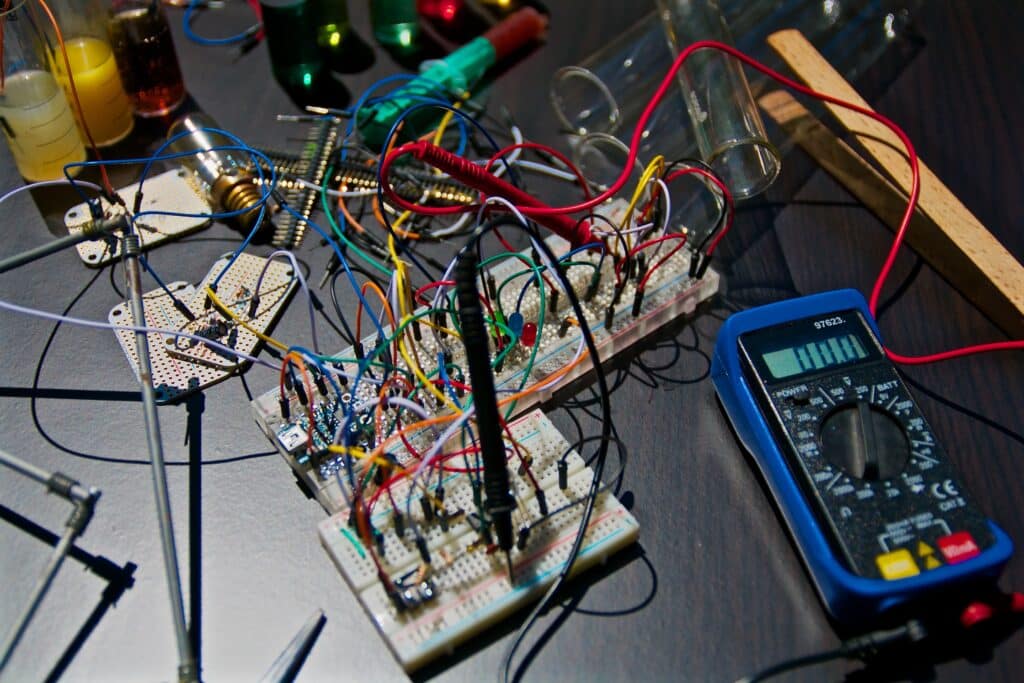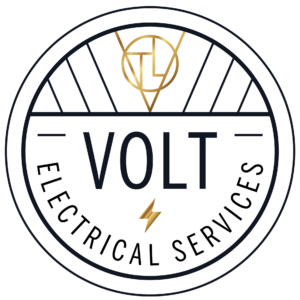Tell us, does this sound familiar? You open up a new appliance, read the directions, and within the first sentence, you are completely lost in what seems like electrical terms and jargon that might as well be a foreign language. You definitely aren’t alone! While you don’t need to be an expert, simply educating yourself on a few of the most frequent terminology can go a long way in helping you to understand the basics of your new appliance and how the electrical components operate it.
VOLT Electrical’s Top 11 Terms We Think You Should Know
Alternating Current
An alternating current is an electric current that periodically reverses direction in contrast to a direct current which flows only in one direction.
Amperage
The measurement of the flow rate of electricity. If you think in terms of water through a hose, amperage would be a measure of water volume flowing through the hose
Current
The rate of flow of electrical energy through a conductor or wire, comparable to the amount of water flowing in a pipe. This is measured in amps (amperes).
Direct Current
The current which moves in a single direction in a steady flow. Normal household electricity is alternating current (AC) which repeatedly reverses its direction. However, many electronic devices require DC, and therefore must convert the current into DC before using it.
Ground Fault
A ground fault is an electrical path between a power source and a grounded surface. While all electrical devices and appliances are “grounded†to ensure they can be safely operated, devices can still lose their grounding and divert electrical currents to the nearest channel that provides a path to the ground: you. Ground fault circuit interrupters help to protect your home’s appliances while preventing electrical shock and fire.
Hertz
The measurement of frequency, equaling one cycle per second, U.S. devices are typically 60 Hertz and international devices are typically 50 hertz.
Overload
When a circuit has carried a little too much energy for too long, the wires get extremely hot—which is very unsafe—causing the breaker to trip off.
Polarity
A collective term applied to the positive (+) and negative (-) ends of a magnet or electrical mechanism such as a coil or battery.
Series Circuit
A circuit in which the parts are connected end to end, positive pole to negative pole, so that only one path is provided for current flow.
Transformer
A device made of two coil windings that transfers voltage from one coil to the next through electromagnetic induction. Depending upon the number of windings per coil, a transformer can be designed to step – up or step – down its output voltage from its input voltage. Transformers can only function with alternating current (AC).
Voltage
The force or “push†driving electrical energy through a conductor or wire that can be compared to the pressure of water in a pipe.
At Volt Electrical Services we want to do everything we can to help your home be as safe as possible. By educating yourself with some of these more basic terms you are putting yourself in a much better position to understand and follow the instruction manuals for your own appliances at home. Additionally, remember you don’t have to be a professional when you’ve got one on your side. You can always contact us at Volt Electrical Services with any of your electrical questions, wants, or needs!



